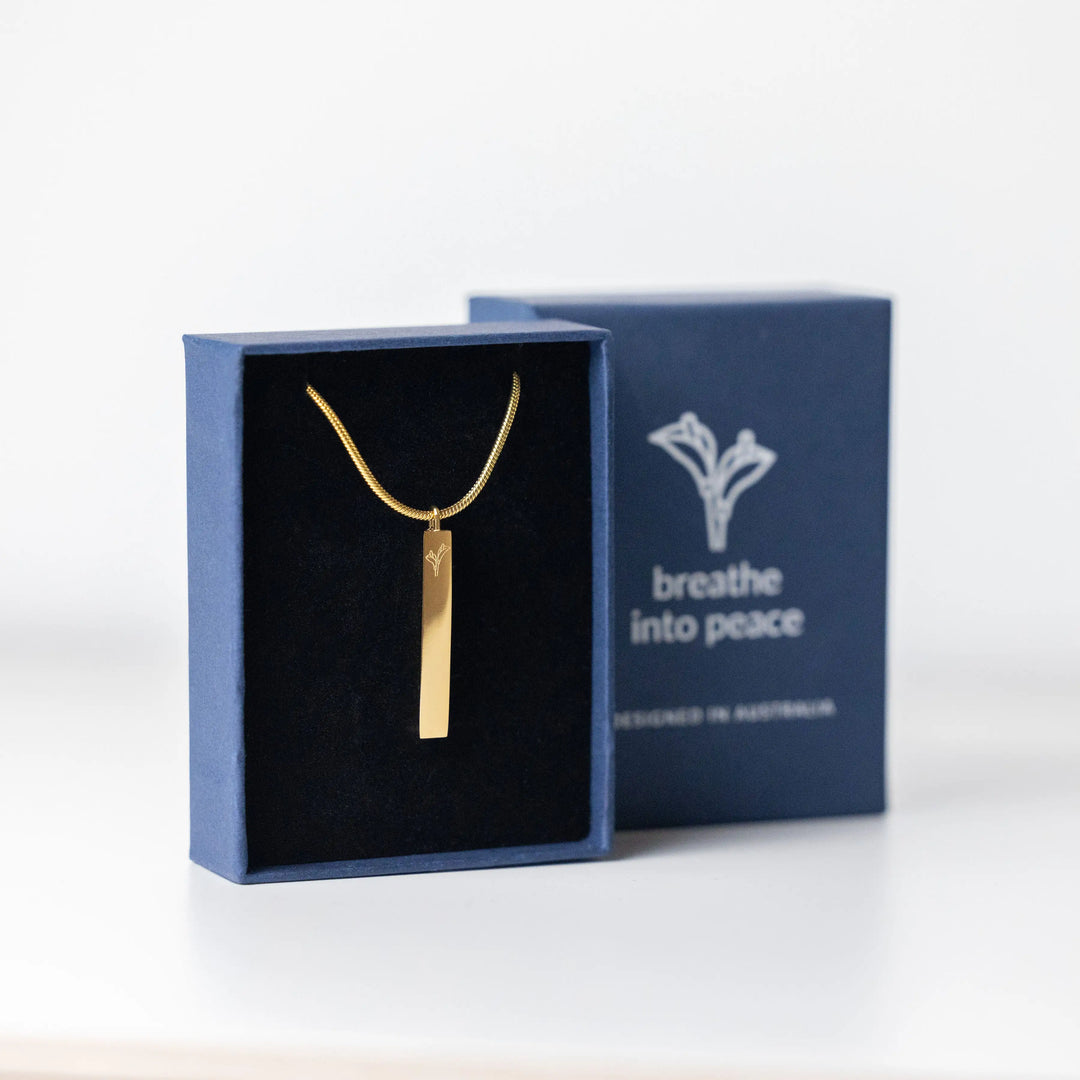Understanding Polyvagal Theory and Its Impact on Nervous system
Ever felt as if you've got millions of butterflies in your tummy before giving a speech? At the same time, do you feel like a giddy school kid when you're given treats? Well, these intricate feelings are not without rhyme or reason. They all boil down to the fascinating polyvagal theory, which helps us understand the connection between our nervous system and emotional responses.
It might sound complex, but fear not! We'll break it down into simple terms, allowing you to explore how this powerful theory can impact your daily life. Understanding the polyvagal theory and engaging in practices that align with its concepts can help people promote a sense of calm and empathy towards the self. As a result, you'll be encouraged to treat yourself with kindness, leading to improved self-love and emotional well-being.
The Roots of Polyvagal Theory
The polyvagal theory was proposed by Dr. Stephen Porges in 1994. The concept focuses on the complex interplay between the nervous system and emotional experiences. At its core, it suggests that a human being's nervous system responds to different stimuli in distinct ways. In turn, this directly impacts emotional and behavioral responses, which are arranged hierarchically.
The vagus nerve is one of the largest nerves in the body. In human anatomy, this nerve connects various organs, like the heart, lungs, and digestive system, to the brain. This critical neural pathway plays a key role in the polyvagal theory, which asserts it regulates a person's internal state and responses to external cues, including emotional regulation, social connection, and fear responses. Dysregulation could lead to various emotional and physiological challenges, such as anxiety, social difficulties, and mood disorders.
Understanding the Three States
The polyvagal theory identifies three states of the nervous system regulation: the social engagement state (ventral vagal), the fight or flight response (sympathetic), and the freeze response (dorsal vagal). The vagus nerve is responsible for activating and deactivating these states based on our perceptions of environmental safety or threat. Let's explore more below:
Safe and Social Engagement
The first state is the social engagement system, also known as the ventral vagal state. Here, we feel safe and connected, so our bodies and minds are calm, allowing us to engage with others compassionately and empathetically. In this state, we can quickly build positive relationships and respond to stressful situations with resilience and optimism.
Fight or Flight
The second state is the fight or flight response, regulated by the sympathetic nervous system. In this state, our bodies prepare to fight or escape when they perceive danger. This response is essential for survival but can be overwhelming if triggered too often or for prolonged periods.
Freeze and Shutdown
The third state is the freeze response, controlled by the dorsal vagal system. When faced with extreme stress or danger, this state helps us conserve energy and dissociate from the situation. While it can be protective to shutdown, prolonged activation may lead to feelings of helplessness and disconnection.
Nurturing Compassion and Kindness
In a perfect world, people can effectively regulate and balance these three states seamlessly as they're needed. But in reality, we all face stressors that affect our overall well-being, resulting in dysregulation. So polyvagal therapy posits to create a safe and supportive environment for individuals to explore and understand their nervous system's responses. Often, the body reacts to stressful stimuli by freezing.
This therapy aims to decrease this freezing response by activating the vagal system. By recognizing triggers and patterns, people can develop new ways to respond to stress and trauma, promoting healing and growth. Through this therapy, individuals learn to shift from a fearful and defensive state to compassion and kindness towards themselves and others.
Tools to Stay in Harmony
Fortunately, some tools align with polyvagal theory. For example, a breathing necklace is healing and contributes to a more compassionate self. Check out its benefits:
- Regulating the Nervous System: The gentle act of deep and mindful breathing regulates the nervous system. It activates the parasympathetic response connected to the ventral vagal state, promoting feelings of safety and calmness. As a result, we can approach situations with more clarity and empathy.
- Mindfulness and Presence: A breathing necklace is a tangible reminder to be mindful of our breath throughout the day. Focusing on our breath anchors us in the present moment, reducing anxiety and stress associated with past regrets or future worries.
- Self-Compassion and Kindness: The polyvagal theory suggests that being kind to ourselves is essential for healing and growth. As we use a breathing necklace to embrace moments of self-care, we shift towards the ventral vagal state, fostering a sense of connection and love towards ourselves.
Polyvagal theory opens the door to a deeper understanding of the intricate relationship between our nervous system and emotions. By recognizing this, we can effectively navigate our stress and trauma responses. With self-awareness, we're empowered to cultivate kindness towards ourselves and others. Incorporating tools like our Breathe Into Peace necklace aligns perfectly with this theory, providing a practical and soothing means to regulate your nervous system, practice mindfulness, and foster self-compassion.
So, let's embark on this journey of self-discovery and healing, one breath at a time!





Leave a comment